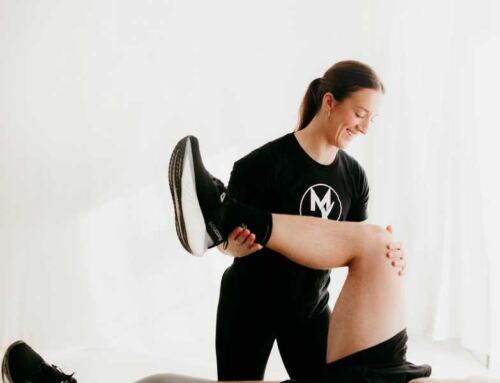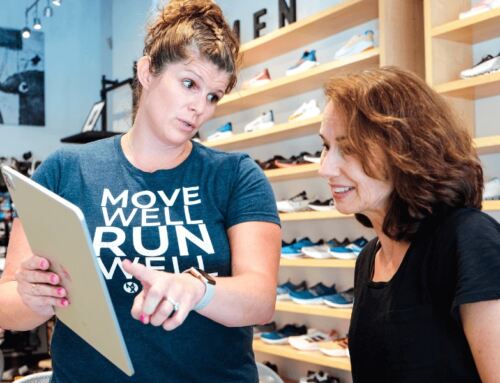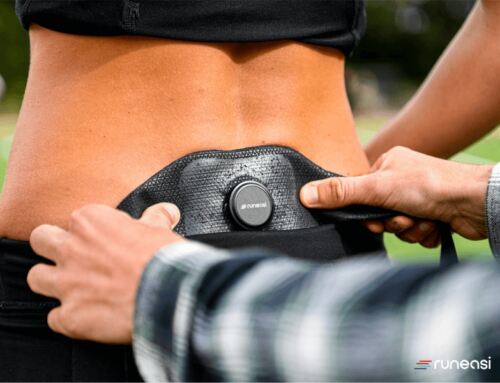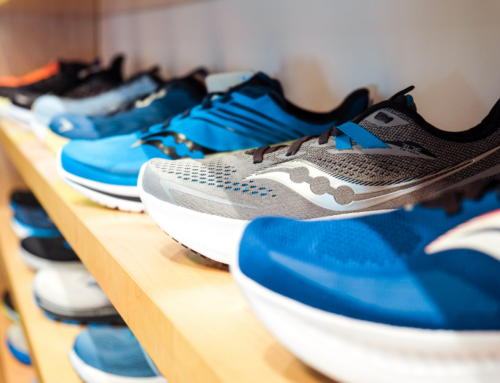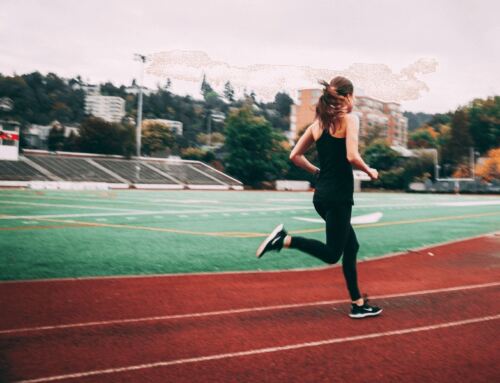Strategies for Managing and Preventing IT Band Pain for Runners
I recently treated a runner who was struggling with lateral knee pain and sought me out for a physical therapy exam.
She presented with lateral knee pain with running, tenderness when I pressed along the outside of her knee, a positive Noble’s Compression Test, and expressed concern that it happened when she ramped up her mileage as she was preparing for an ultra-marathon in about 4 weeks.
She initially attempted self treatment with the usual tools, foam rollers and a massage gun, with no improvement.
In the realm of running injuries, she was suffering from IT band pain (ITB pain) or commonly referred to as IT Band Syndrome. IT band syndrome often manifests as discomfort along the outside of the knee with running, walking downstairs and repetitive knee bending [1].
With an appropriate, individualized physical therapy program, we were ultimately able to get her to her race with no lateral knee pain and here were 3 things we immediately worked on to improve her ITB pain:
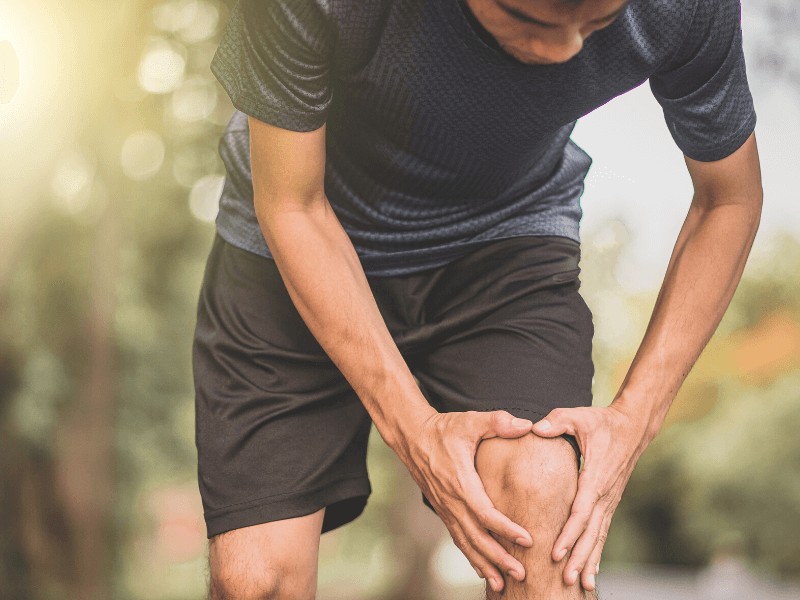
Glute (Medius) Strengthening Exercises
Glute strengthening plays a key role in overall lower body function and stability, especially for runners.
The gluteal muscles, comprising the gluteus maximus, medius, and minimus, are crucial for maintaining proper hip alignment and generating power and control during running.
Focusing specifically on glute medius strengthening can help improve stability of the leg and decrease the stress placed on the IT band.
These exercises don’t need to be complicated or fancy and one of my favorites is lateral steps. Here’s how to do it:
Place a light-to-moderate resistance band around your ankles and side-step 10 steps to the left then 10 times to the right.
Stay facing the same direction the whole time or you’ll end up only working one leg.
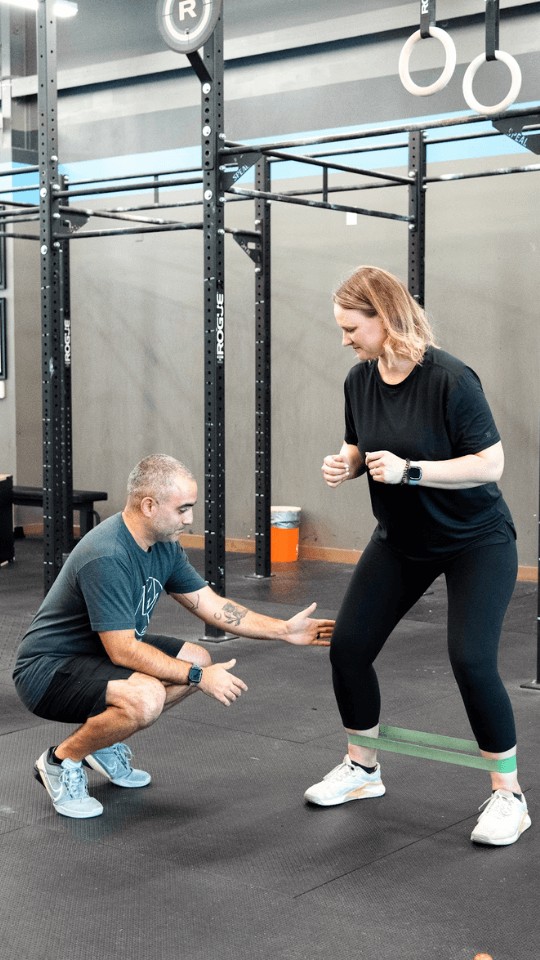
Get Your Core Strong
The core serves as the foundation for power production and stability in the body.
When these muscles (transverse abdominis, multifidi) aren’t properly engaging, the legs bear additional strain to maintain stability, leading to tightness and pain which can show up as IT band pain.
One of my favorite exercises for this is the Pallof Press. Here’s how to do it:
Anchor a resistance band around a solid object (i.e banister, through a door), and while holding the band with resistance punch straight out away from your body and return your hands to your chest.
Repeat 10 times, turn to face the other way and repeat 10 times.
Change Up Your Runs
There is some evidence that suggests that running on cambered roads/surfaces can contribute to lateral knee pain while running.
Camber refers to the slope placed on surfaces to help with drainage of water.
This outward slope may cause an imbalance during training, leading to increased, repetitive stress placed on one side of the body. This can most easily be managed by altering your running routes (direction) and surfaces that you train on!

Prevent the Pain Before It Starts
Adding hip muscle strength training to your running program, 2-3 times per week, is a great way to ward off IT band syndrome and other lower extremity injuries.
Additionally, incorporating an appropriate training program which gradually raises the running mileage towards your target goal (whether that’s a 5k, half-marathon, or ultra-marathons) will allow you to adapt and hopefully prevent any overuse injuries early in your training program!
Conclusion
In conclusion, implementing simple measures such as diversifying your running routes and surfaces, adding more glute strengthening, and core stabilization can assist in managing IT band syndrome.
However, for a comprehensive approach tailored to your individual needs and goals, having a full evaluation by a MovementX Physical Therapist can help identify specific areas of additional improvement, ultimately reducing pain and optimizing performance!
Schedule your full examination with a MovementX Physical Therapist today!
References
1. Iliotibial Band syndrome. Physiopedia. (n.d.). https://www.physio-pedia.com/Iliotibial_Band_Syndrome
2. Fredericson, Michael, et al. “Hip abductor weakness in distance runners with iliotibial band syndrome.” Clinical Journal of Sport Medicine 10.3 (2000): 169-175. doi: 10.1097/00042752-200007000-00004.
3.Fredericson M, Weir A. Practical management of iliotibial band friction syndrome in runners. Clin J Sport Med. 2006 May;16(3):261-8. doi: 10.1097/00042752-200605000-00013. PMID: 16778549.
About the Author
Dr. Romin Ghassemi is a physical therapist in Fuquay-Varina, North Carolina. He specializes in Orthopedic Conditions, Sports Injuries, and Neurological Conditions. Romin Ghassemi utilizes a variety of methods such as hands-on therapy, functional fitness, and mobilization to help you regain your strength, mobility, and vitality. Whether you’re an athlete recovering from an injury or just looking to enhance your overall well-being, he’s here to support you every step of the way!



